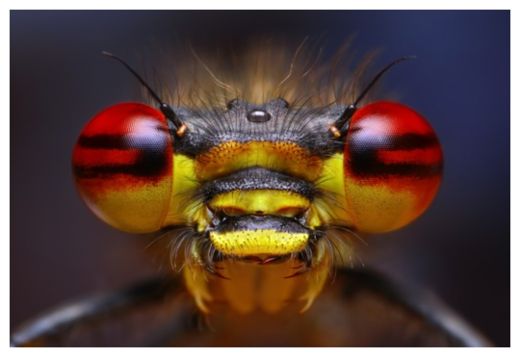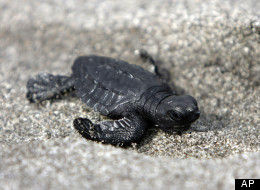Twenty percent of the invertebrate species across the globe - spineless creatures ranging from earthworms to bees to butterflies to lobsters and beyond - are facing the possible risk of extinction unless more is done to protect them, say researchers from the
Zoological Society of London (ZSL).

© tomatito / ShutterstockClose-up of a large red damselfly (Pyrrhosoma nymphula).
As part of their 87-page study, ZSL scientists joined forces with the International Union for Conservation of Nature (
IUCN) to review more than 12,000 invertebrate species listed on the organization's
Red List of Threatened Species.
They discovered that an estimated
one-fifth of those species are threatened to the point that they could eventually die out, with freshwater creatures most at risk of extinction, followed by terrestrial invertebrates and marine creatures without backbones, the organization said in an August 31 online report.
"The highest risk of extinction tends to be associated with species that are less mobile and are only found in small geographical areas," the ZSL said. "For example, vertebrate amphibians and invertebrate freshwater mollusks both face high levels of threat - around one third of species. In contrast, invertebrate species which are more mobile like dragonflies and butterflies face a similar threat to that of birds, and around one tenth of species are at risk."
The scientists report that the creatures face a vast array of different threats, with mollusks suffering from pollution originating from agricultural sources and construction and crayfish facing threats from invasive species and illness. Furthermore, they told
Alister Doyle of Reuters that the creatures, which lack internal skeletons, have also been threatened by global warming, habitat loss, and over-exploitation.





Comment: Tunguska, Psychopathy and the Sixth Extinction
The Golden Age, Psychopathy and the Sixth Extinction